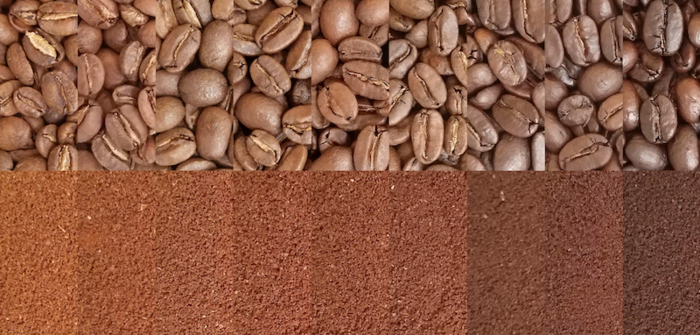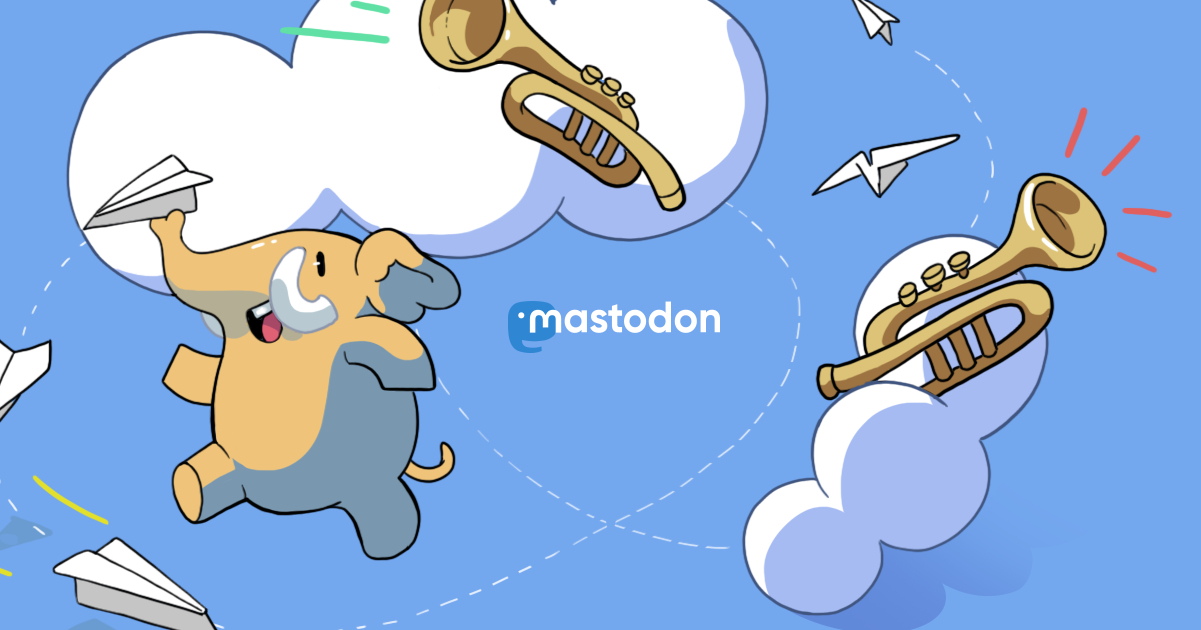
@neal@video.typica.us As far as I know, Diedrich no longer offers the DATAQ hardware as a logging option. That was always a weird design choice made to keep the cost of the option down and was especially painful for temperature measurements where the combination of low resolution ADC, mis-matched range for the signal conditioner feeding that compared with what values could be reasonably expected, and poor channel isolation made it difficult to get this working as well as it does in Typica.
1. The Japanese eat very little fat and suffer fewer heart attacks than Brits.
2. The Mexicans eat a lot of fat and suffer fewer heart attacks than Brits.
3. The Chinese drink very little red wine and suffer fewer heart attacks than Brits.
4. The Italians drink a lot of red wine and suffer fewer heart attacks than Brits.
5. The Germans drink a lot of beer and eat lots of sausages and fats and suffer fewer heart attacks than Brits.
CONCLUSION: Eat and drink what you like. Speaking English is apparently what kills you
Since doing this video I've made some changes that make this workable even with pretty awful quality hardware and even better with low noise/high resolution data acquisition devices.
It's nice that markdown links to related videos in the description seems to work. Rate of change calculations are the sort of thing where how you choose to do that calculation can greatly impact usability of the feature. Most programs do a horrible job at it and I don't understand why they don't take advantage of the fact that Typica is released under the MIT license and just steal/adapt my implementation.
https://video.typica.us/videos/watch/8459de3b-2592-4040-8a9f-68df5af397cb
Hardware simulation is sort of a crazy feature to have, but less crazy than the motivation for the feature that's a side effect of: the ability to write communications protocol handlers for devices that look like serial ports in Javascript. It's always better to just write a new hardware support class in C++ and upstream the patch, but as awful as it sounds, script devices can work surprisingly well.
One of the things I like about this video is that it shows how Typica can communicate with simulated hardware on Linux using ModbusPal and tty0tty. That's not useful for someone just using the program, but it's very useful for someone developing new roasting features who may not want to be tethered to a roaster or plug in testing hardware to work on that.
A later version of Typica introduced the ability to simulate hardware directly in the program.
https://video.typica.us/videos/watch/235ee3db-09bf-4b12-a2d6-4f86a66c4f8e
Finally got around to booking my flights for the event I'm teaching at next month. It's good that I have two airports about equally convenient from home as it took some checking between both of those to find what was going to work best for this trip. Limited shuttles to/from the venue, but didn't want to rent a car, also didn't want to spend a full day waiting in an airport for my flight to leave.
It looks like I'm getting likes on my #peertube videos now.
Currently 30% of the videos on my YouTube channel have been migrated over and there's some PeerTube exclusive stuff there as well. There's probably still some stuff that's easy to migrate over, but a lot that I'll need to remove music that I don't have license to use off YT or that I'll otherwise want to take the opportunity to edit in updated content.
That this feature works as well as it does should cast severe doubt on any talk about the shape of a graph of rate of change over time. It's quite common that if you calibrate multiple roasters using this technique you'll have runs where the raw data and various calibrations for the same roast have completely different shapes. This work predated anybody talking about that and the best later research I'm aware of only seems to strengthen my argument.
https://video.typica.us/videos/watch/dee5ba1a-f455-45af-b8bb-cb17a6650d30
@neal@video.typica.us I should really do an updated version of this video some time. The version of Typica shown is very old, the data acquisition hardware is something that I'm no longer recommending for new installs (they keep jacking up the price and have effectively dropped non-Windows support, there are other choices now that are better on both of those dimensions), and the coffee roaster shown is also not a thing that's made anymore.
How to Connect a Coffee Roaster to a Computer https://video.typica.us/videos/watch/9c31ee9c-e984-47e1-a4fc-a27755214d48
I think I broke the game. The boss didn't bother showing up for her final attack pattern, wasn't available to push after that timed out, and then the stage boundaries stopped working properly.
https://video.typica.us/videos/watch/2e528694-27a5-4d48-83cc-bb3c049a9ea5
- Software
- https://typica.us
- Send Money
- https://typica.us/payment.html
Author of Typica software for coffee roasters.
